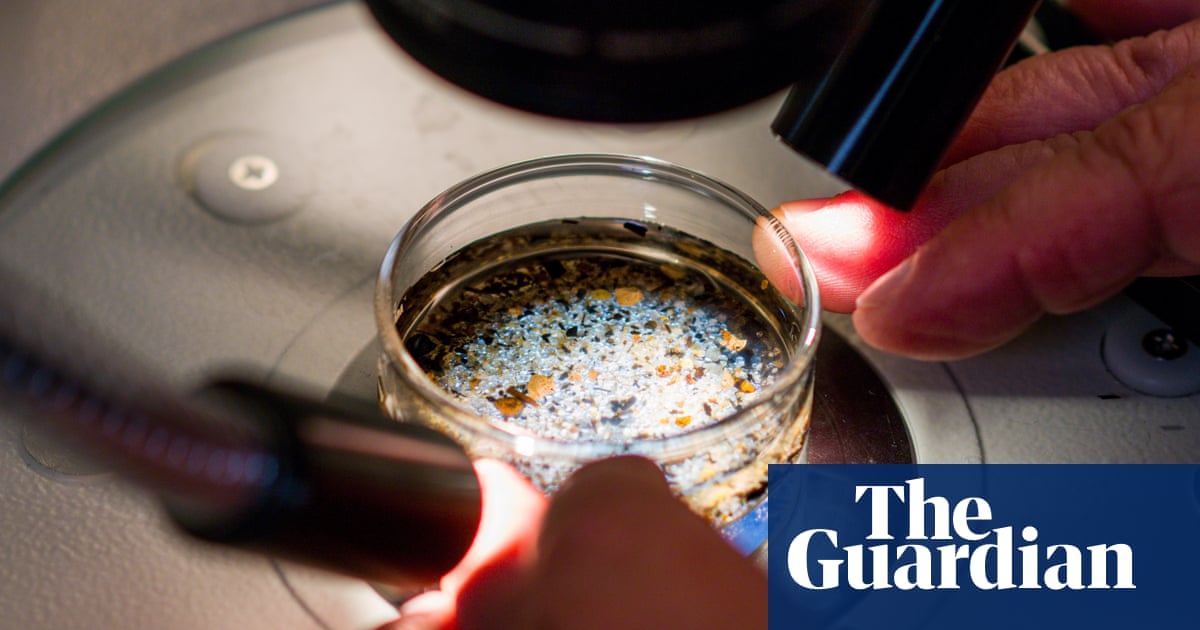- Microplastics-Free
- Posts
- Microplastics in Junk Food: What You Need to Know
Microplastics in Junk Food: What You Need to Know
Microplastics have been found in junk food, raising concerns about mental and reproductive health. Learn how they get there and what it means for you.
Microplastics—tiny plastic particles less than 5 millimeters in size—have infiltrated our environment, and alarmingly, our food supply. Recent studies reveal their presence in various processed foods, raising concerns about potential health risks, particularly related to neurological and reproductive health.
What Are Microplastics?
Microplastics originate from the breakdown of larger plastic debris or are manufactured for specific industrial purposes. They are pervasive in the environment, found in air, water, and soil, and have now made their way into the human food chain.
How Do Microplastics Enter Junk Food?
Processed and ultra-processed foods are particularly susceptible to microplastic contamination due to several factors:New York Post
Packaging Materials: Many junk foods are packaged in plastic, which can shed microplastics into the food, especially when heated.
Food Processing Equipment: Industrial machinery used in food production can contribute to microplastic contamination.
Environmental Exposure: Ingredients may be exposed to microplastics present in air, water, and soil during cultivation and processing.Climate Fact Checks+2BioMed Central+2ScienceDirect+2
For instance, a study highlighted that chicken nuggets contain significantly more microplastics than unprocessed chicken meat, indicating contamination during processing and packaging .New York Post+1Gizmodo+1
Health Risks of Microplastics
Neurological Impacts
Recent research suggests that microplastics can cross the blood-brain barrier, potentially leading to:
Inflammation and Oxidative Stress: These processes can damage brain cells and are linked to neurodegenerative diseases.
Neurotransmitter Disruption: Interference with brain chemicals may contribute to mood disorders like depression and anxiety.
A study published in Brain Medicine found that individuals consuming high amounts of ultra-processed foods, which are more likely to contain microplastics, had increased risks of depression and sleep disturbances. +2
Reproductive Health Concerns
Microplastics have been detected in human ovarian follicular fluid, essential for egg development. This contamination raises concerns about fertility and hormonal imbalances .The Guardian
Immune System Effects
Exposure to microplastics may impair immune function. Studies indicate that inhaled microplastics can suppress macrophage activity in the lungs, cells crucial for fighting infections .New York Post
Reducing Exposure to Microplastics
While it's challenging to eliminate microplastic exposure entirely, you can take steps to minimize it:
Limit Consumption of Ultra-Processed Foods: Opt for whole, unprocessed foods when possible.
Avoid Heating Food in Plastic Containers: Use glass or ceramic alternatives to prevent microplastic leaching.verywellhealth.com
Choose Natural Fiber Clothing: Synthetic fabrics can shed microplastics during washing.
Use Water Filters: Certain filters can reduce microplastics in drinking water.
FAQ
Q: Are microplastics present in all processed foods?
A: Not all, but studies have found higher concentrations in ultra-processed foods due to factors like packaging and processing methods.
Q: Can microplastics be removed from the body?
A: The body may excrete some microplastics, but the extent and efficiency of this process are still under research.
Q: Is there a safe level of microplastic consumption?
A: Currently, there's no established safe threshold for microplastic intake, and ongoing research aims to determine potential health impacts.
Understanding the presence of microplastics in junk food is crucial for making informed dietary choices. While further research is needed to fully comprehend the health implications, adopting precautionary measures can help reduce exposure.




